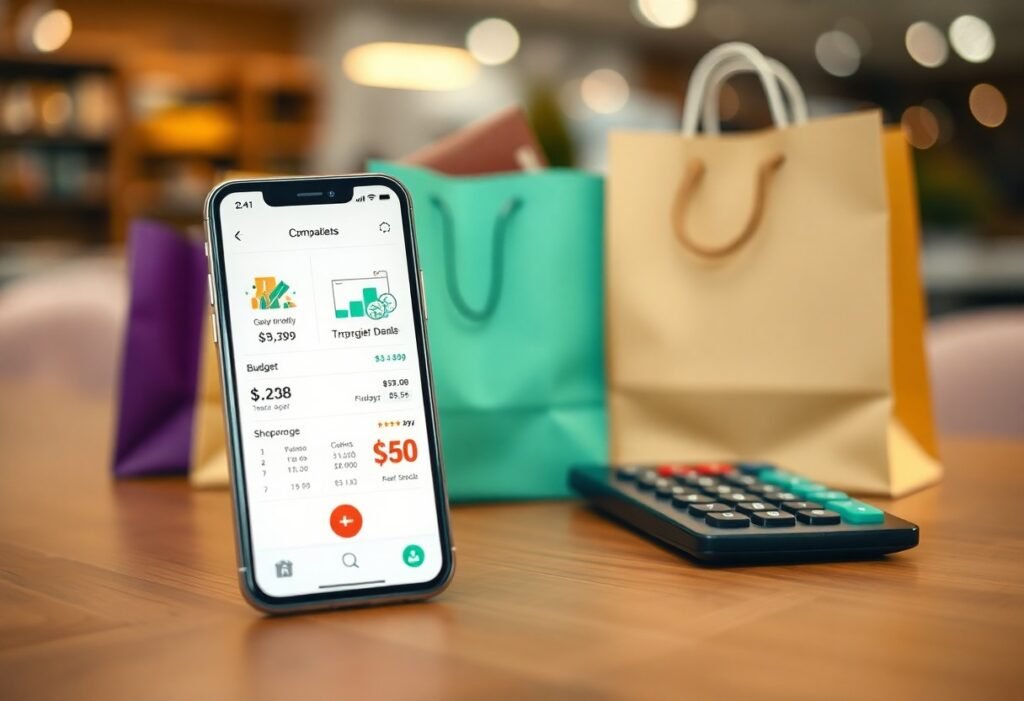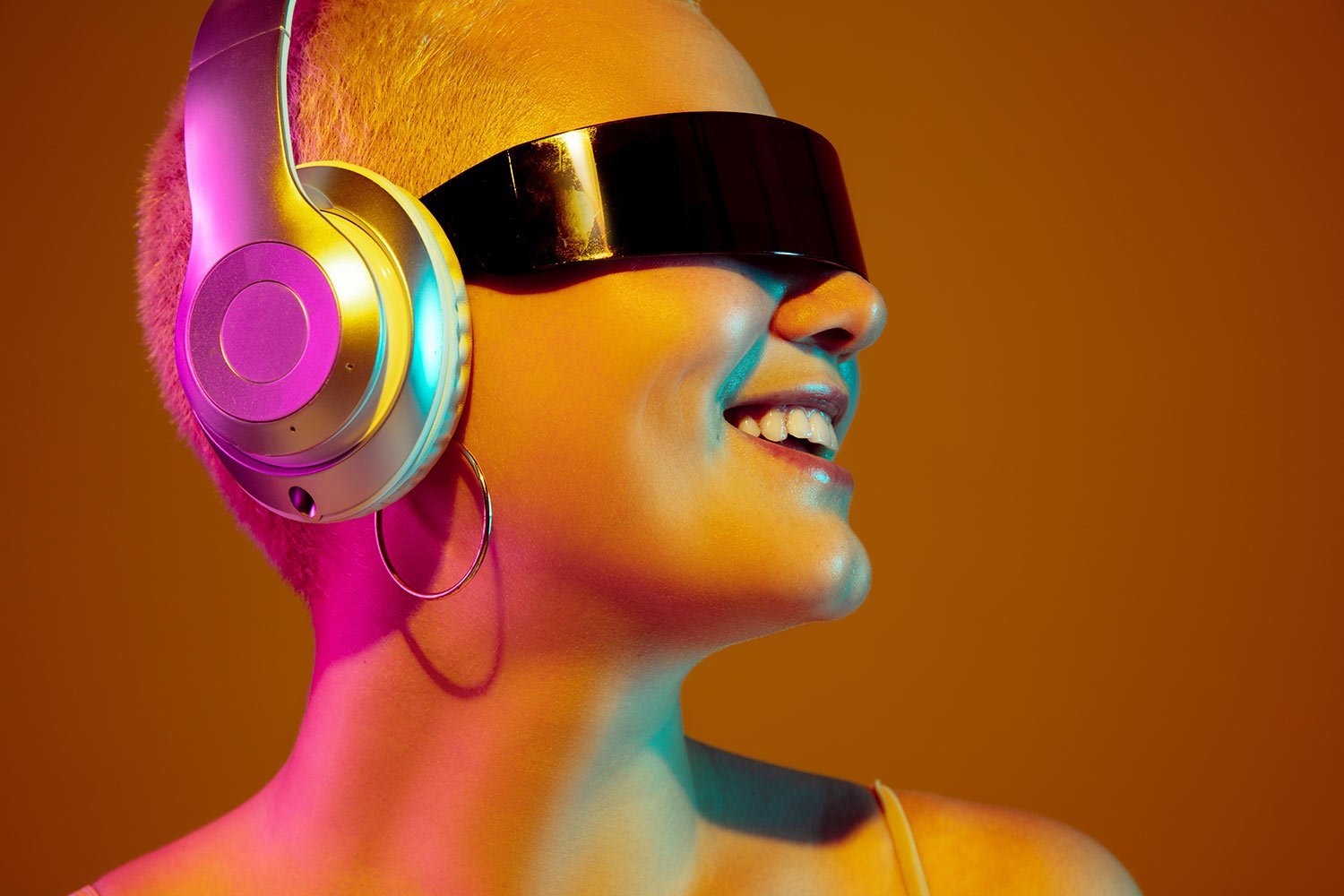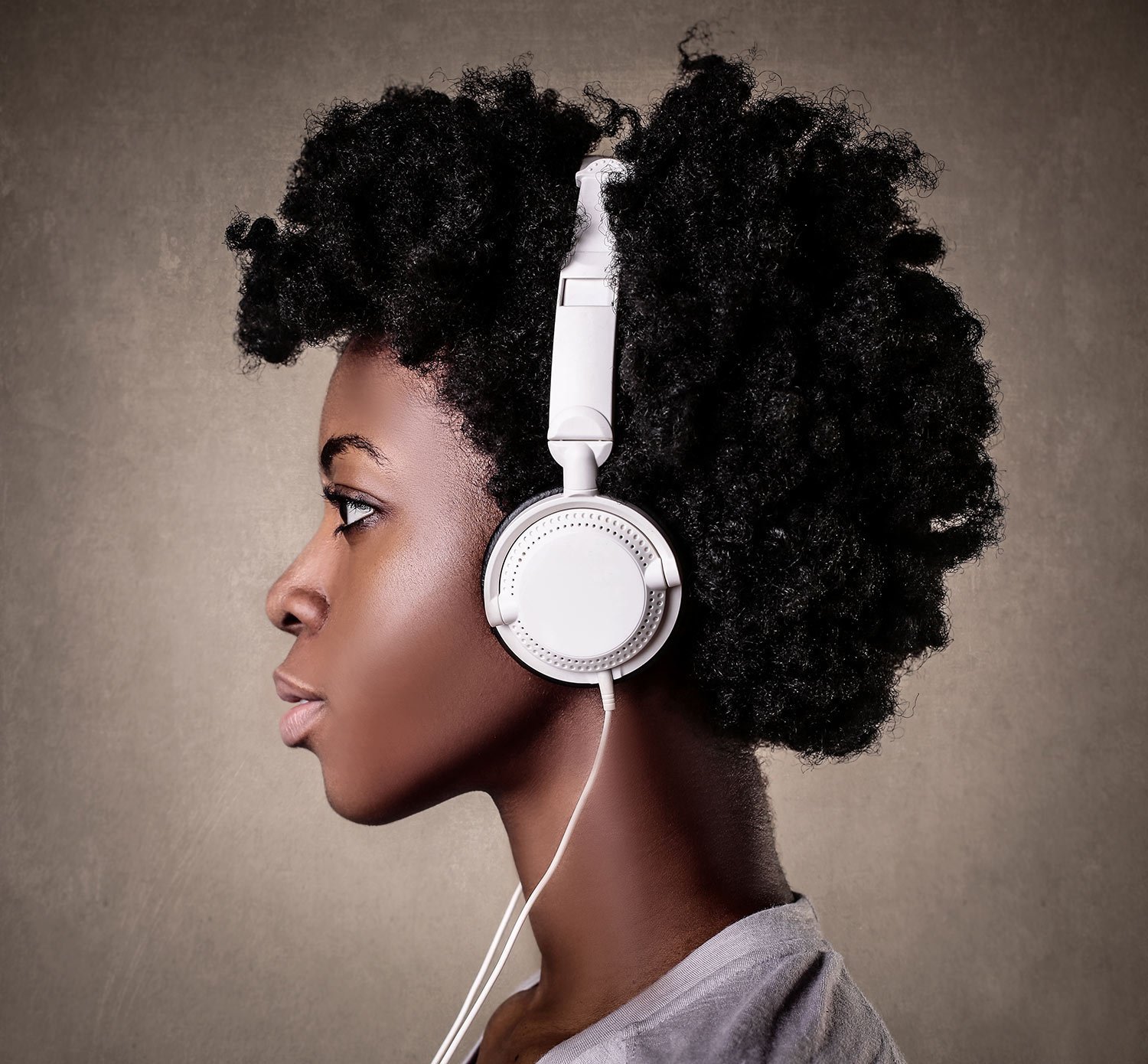Most music enthusiasts like you have likely noticed the rise of cross-genre collaborations in today’s musical landscape, where artists creatively merge different styles to produce something fresh and innovative. These partnerships can be both rewarding and challenging, as they require you to navigate diverse artistic visions and audience expectations. In this blog post, you will explore the complexities, benefits, and potential pitfalls of these collaborations, shedding light on how they are redefining what it means to create music in a genre-fluid era.
The Evolution of Cross-Genre Collaborations
The evolution of cross-genre collaborations has transformed the musical landscape, allowing artists to break boundaries and create innovative sounds. You can see how genres have intermingled over the decades, reflecting cultural shifts and the desire for artistic expression. As collaborations become more common, they push the limits of what music can be, inviting listeners to experience a diverse range of styles and influences.
Historical Context
Along the timeline of music history, cross-genre collaborations have surfaced in response to social changes and artistic movements. From the blending of folk and blues to the integration of rock and hip-hop, these partnerships not only mirror the artists’ backgrounds but also the evolving tastes of audiences. You can trace this evolution through iconic moments in music, where unexpected combinations have led to groundbreaking sounds.
Impact of Technology
Against a backdrop of rapid technological advancement, the music industry has witnessed significant changes that facilitate cross-genre collaborations. You can easily blend sounds and styles using advanced software and digital platforms, connecting artists from all over the world. These tools have democratized music production, enabling you to experiment and collaborate without traditional barriers.
And with the rise of digital audio workstations and streaming platforms, you now have unprecedented access to a wealth of genres and influences. This technological evolution empowers you to collaborate with artists virtually, regardless of geographical constraints. The increasing popularity of social media also allows for democratization in discovering new music, with you likely encountering collaborations that fuse diverse styles. However, it’s crucial to stay mindful of the superficial trends that may lead to over-commercialization, potentially overshadowing the authentic artistic intentions behind these groundbreaking partnerships.
Notable Cross-Genre Collaborations
One of the most fascinating aspects of modern music lies in notable cross-genre collaborations, which have redefined the sonic landscape. Artists from various backgrounds join forces to create innovative sounds that challenge traditional boundaries, often leading to unexpected chart successes and fresh musical experiences. These collaborations not only showcase talent but also highlight the ever-evolving nature of music.
Case Studies of Influential Artists
For your understanding, here are a few case studies highlighting the impact of influential cross-genre collaborations:
- Run-D.M.C. & Aerosmith: “Walk This Way” — a landmark fusion of hip-hop and rock, it propelled both artists into new realms.
- Lady Gaga & Tony Bennett: Their album “Cheek to Cheek” combined pop with jazz, showcasing a shared industry resilience.
- Post Malone & Ozzy Osbourne: “Take What You Want” melded rock and hip-hop, earning multi-platinum status.
- Beyoncé & Jack White: “Don’t Hurt Yourself” from Lemonade merged R&B with rock, elevating both artists’ repertoires.
- Dua Lipa & Elton John: “Cold Heart” introduced a dance-pop twist on classics, boosting their mainstream appeal.
Success Stories in Mainstream Media
Success is evident in how cross-genre collaborations have taken the mainstream music scene by storm. You will notice that tracks from artists like Billie Eilish and Khalid incorporate elements from pop, R&B, and electronic music, consistently topping charts and streaming platforms.
And, as these successful ventures gain traction, they often lead to unique marketing opportunities and increased visibility for all artists involved. Such ventures can be a double-edged sword, risking the potential for genre dilution while also capitalizing on diverse fanbases. This mix breeds innovation, as unexpected partnerships result in albums that resonate strongly with listeners, fostering a sense of inclusivity in music. The positive momentum from these projects continues to contribute significantly to the fabric of modern pop culture.
Creative Challenges in Collaboration
Assuming you are exploring into the world of cross-genre collaborations, you will encounter various creative challenges that can arise when artists merge their distinct styles. Navigating the differences in artistic expression, production techniques, and audience expectations can lead to friction. However, these challenges often serve as a catalyst for innovation and growth, pushing boundaries and redefining what music can be.
Differing Artistic Visions
For many artists, blending styles means reconciling differing artistic visions. Each player comes with their unique set of influences, intention, and sound, which can sometimes clash. If not addressed thoughtfully, these discrepancies can lead to creative standoffs, hindering the collaborative process.
Negotiating Genre Boundaries
With today’s music landscape constantly evolving, artists often find themselves negotiating genre boundaries. The static definitions that once existed are no longer relevant, leading to an exciting yet challenging environment where you must articulate your artistic identity while respecting others’.
Artistic negotiation in cross-genre collaborations often sees you walking a fine line between innovation and identity preservation. Embracing the fluid nature of genres can open pathways to new sounds, yet it requires careful consideration of your own artistic goals. If executed well, negotiating boundaries can result in a powerful fusion of styles that not only diversifies both artists’ portfolios but also enriches the listening experience for audiences seeking fresh and compelling music. However, mismanagement of this process could lead to a diluted sound that fails to resonate with either genre’s fanbase.
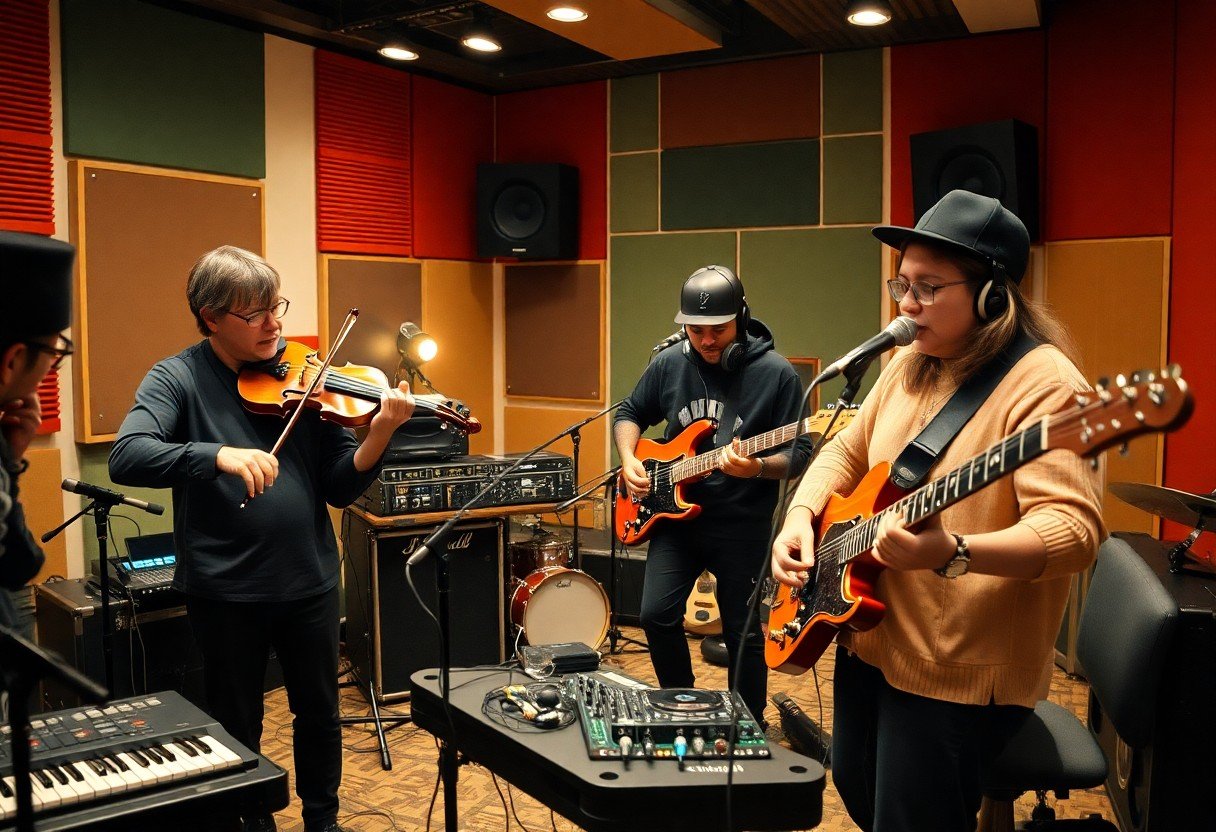
Audience Reception and Cultural Impact
Not only do cross-genre collaborations challenge traditional expectations, but they also significantly influence audience reception and cultural trends. As diverse sounds merge, listeners often find themselves drawn to innovative artists who defy genre limitations. This evolution can lead to greater acceptance and appreciation of various music styles, reshaping the cultural narrative and expanding the musical landscape.
Shifting Listener Perspectives
Beside broadening your musical horizons, cross-genre projects often lead to transformative shifts in listener perspectives. You may increasingly find yourself enjoying elements from genres you previously overlooked, as diverse collaborations encourage open-mindedness and a willingness to explore. This newfound diversity in taste can enrich your overall music experience.
The Role of Social Media
Among the many factors influencing audience reception, social media serves as a powerful conduit for promoting cross-genre collaborations. By striking a chord with listeners online, artists gain visibility and foster community engagement around their work. The viral potential of these collaborations often leads to heightened interest, driving conversations that can redefine cultural trends.
Also, social media platforms offer artists a unique opportunity to directly connect with you, the listener. This interactive dynamic allows for real-time feedback and fosters a sense of community among fans, which can amplify successful collaborations. However, be cautious; the rapid spread of misinformation about music can lead to misinterpretations of artistic intentions. On the positive side, these platforms can also unveil hidden gems, exposing you to innovative music that might not receive mainstream attention otherwise. Social media’s role in shaping audience responses is undeniably significant in today’s music culture.
The Business of Cross-Genre Collaborations
Now, cross-genre collaborations have reshaped the music industry landscape, opening up diverse revenue streams and fan engagement opportunities. If you are keen on understanding this dynamic shift, explore how featuring and collaboration: transforming the music industry can impact your musical journey.
Marketing Strategies
By leveraging the unique strengths of each genre, you can create potent marketing strategies that draw diverse audiences. Collaborations can tap into the fan bases of each artist, amplifying your reach and enhancing your promotional efforts through social media and joint events.
Financial Implications
Between potential revenue boosts and shared costs, financial implications dictate the feasibility of cross-genre collaborations. Entering new markets can lead to increased income streams but may also introduce unforeseen expenses.
Considering the financial aspect of cross-genre collaborations, you need to assess the return on investment carefully. While these partnerships can elevate your profile and expand your audience, they might also require substantial upfront costs for marketing, production, and logistics. Strategic planning is necessary to ensure that the benefits, such as increased sales and royalties, outweigh the expenditures. Prioritize building strong partnerships that can lead to sustainable financial growth and help you navigate the complexities of the music business effectively.
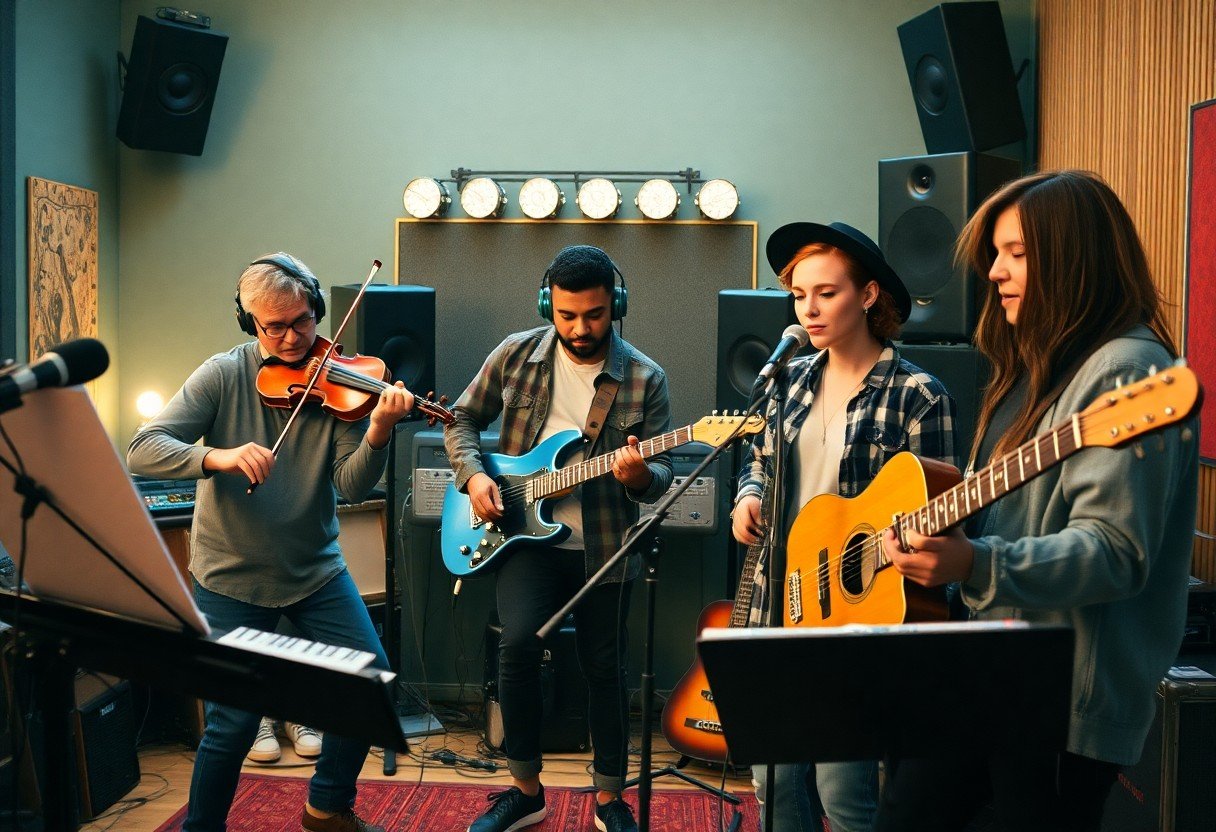
Future Trends in Genre Collaboration
Unlike earlier decades where strict genre categories dominated the music scene, the future of genre collaboration appears to be limitless. As technology advances and cultural exchange continues to flourish, you can expect an even greater fusion of styles. This transformation is not just about blending sounds; it’s about creating fresh artistic expressions that can resonate with diverse audiences worldwide.
Emerging Styles and Innovations
Below this evolution lies a wave of innovative styles. Artists are increasingly experimenting with unconventional combinations, such as blending electronic sounds with traditional instruments or merging hip-hop with orchestral arrangements. This creativity allows you to experience a variety of sounds and influences, expanding your musical horizons like never before.
Predictions for Industry Evolution
For artists and listeners alike, the prediction is that genre boundaries will continue to blur. As platforms for sharing music become more integrated, collaborations will thrive, enabling you to discover unexpected partnerships that showcase multifaceted talents. The rise of algorithm-driven music recommendations will further facilitate these cross-genre experiences, tailoring selections to your evolving tastes.
For instance, as more musicians embrace cross-genre projects, the industry will likely see a shift towards collaborative albums that bring together artists from vastly different backgrounds. This may create new revenue streams and expand fanbases, as your engagement with diverse sounds becomes the norm. Additionally, live performances may evolve into genre-blending festivals, providing you with immersive experiences that defy categorization. This evolution suggests a future where innovation and experimentation in music are not just welcome, but imperative for success.
Final Words
The intricacies of cross-genre collaborations in modern music present an exciting landscape for your exploration. As you engage with diverse sounds and styles, you’ll find opportunities to enrich your own musical palate and expand your artistic vision. By understanding the unique characteristics of different genres, you can better appreciate the creative processes that emerge from these collaborations, enabling you to identify trends and innovations that resonate with your tastes. Ultimately, embracing this diversity can enhance your own music-making journey and inspire your artistry in profound ways.




